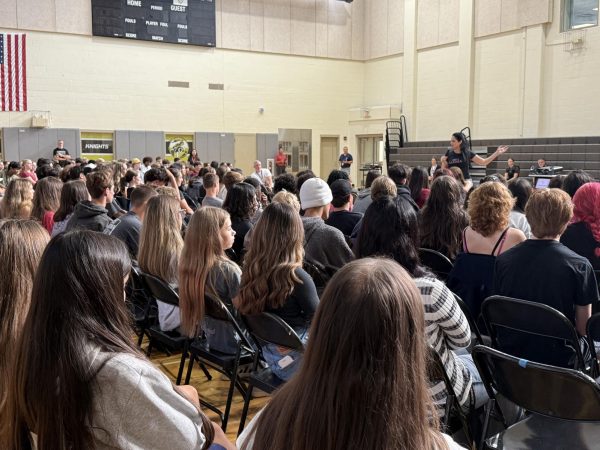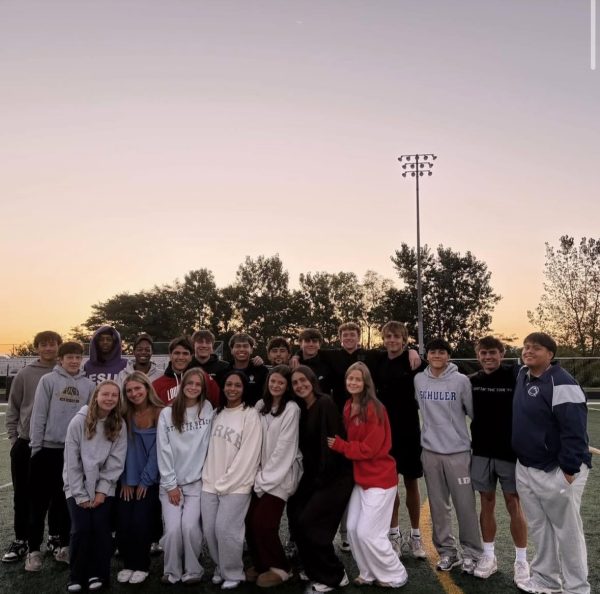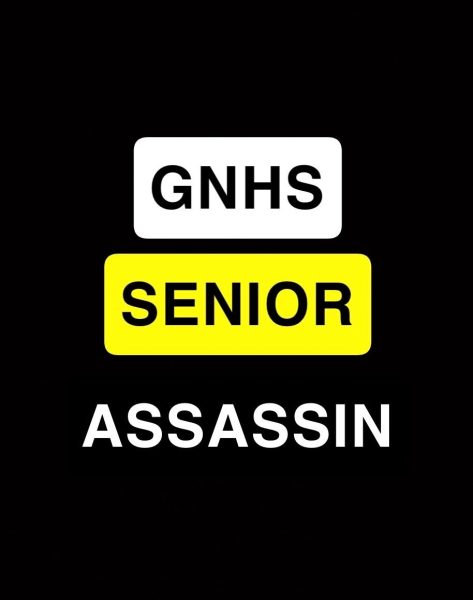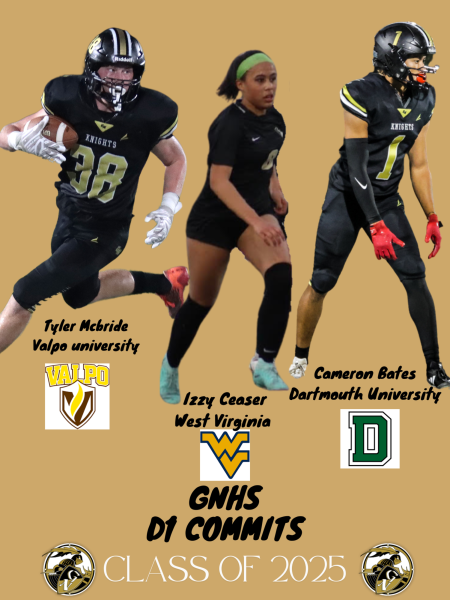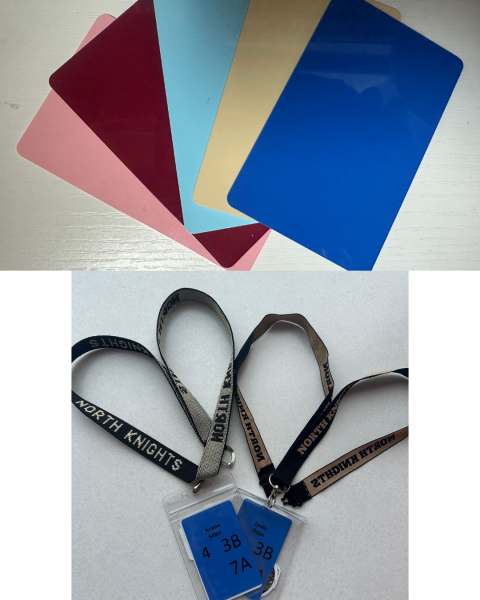Students move on to History Fair Final
As March begins, History Fair competitions are underway. Ten students, Madison Fritz, Arnold Guadelupe Macias, Emily Dunne, Rochelle Abraham, Lucy Dalton, Avery Day, Appel Antonette, Olivia Mittlebrun, Amy Knoeble and Bri Ochoa are moving onto the finalist’s competition on April 12.
“My goal was just to create a project that I would be proud of and to learn a unique topic. I wanted to do my best on the project, but I didn’t go into it expecting for my project to go this far. After I had finished the project, I was happy with the final result and thought it might have a chance at moving on,” said junior Lucy Dalton.
Every year, junior U.S. history and honors U.S. history classes participate in the History Fair project that begins back in October. This is a multi-step project that challenges students with research and timeliness. This year’s theme for the project was “Conflict and Compromise.”
“[History Fair] is a long term research project where students make the argument from a topic of their choosing and then display their work publically,” said U.S history teacher Roxanne Bristow.
History Fair was moved up in the calendar this year in order to give students more time to revise their projects before their first competition in hopes that this would help more students succeed. The project involves a lot of work, and the teachers want to make sure students have the appropriate amount of time to do the project and make it the best it can be.
“Students first identified an area of interest in their lives. Once they identified a broad area of interest, they began researching to find more background. They then developed a historical question and looked for primary sources to help answer their question. Once students found sources, they began forming a historical argument in response to the original question they posed. Students then created an outline for their projects with a minimum of twelve sources that were a part of an annotated bibliography. Lastly, students presented their argument and evidence to back up their claim through documentaries, performances, websites, papers, and exhibits,” said U.S. history teacher Alexander Meier.

